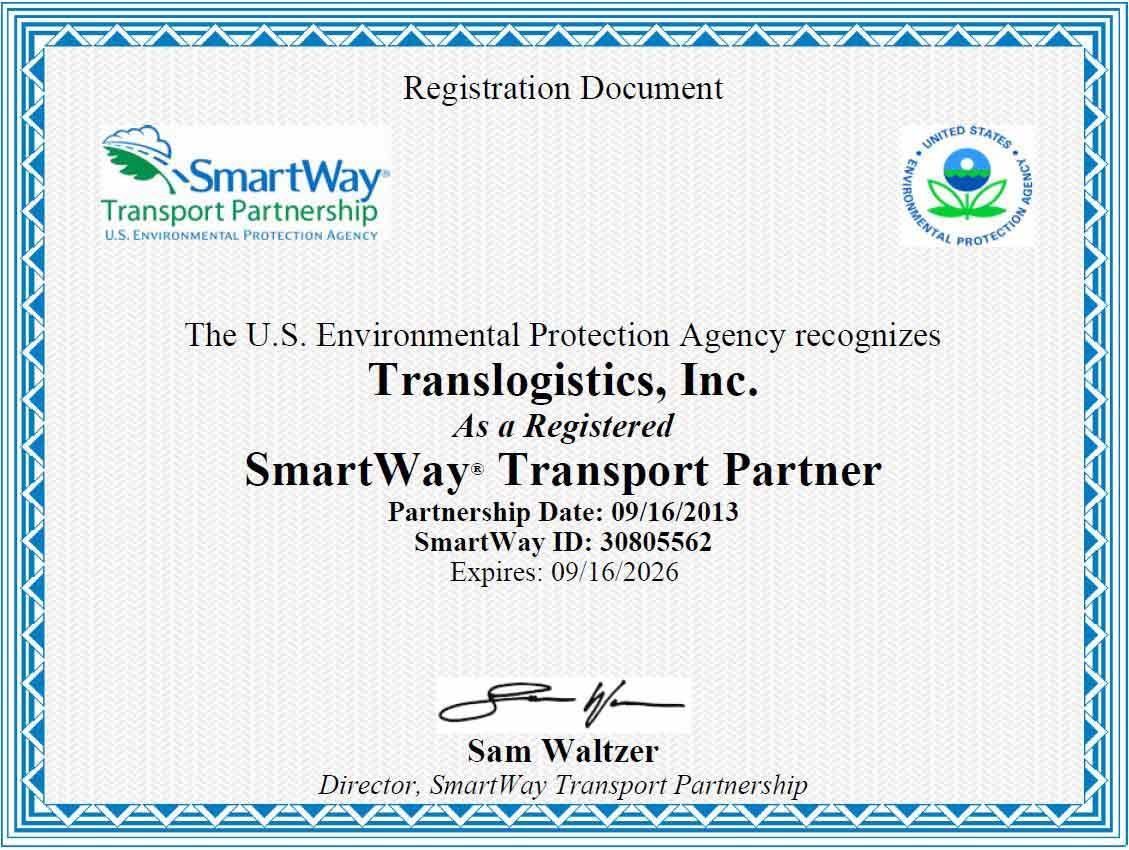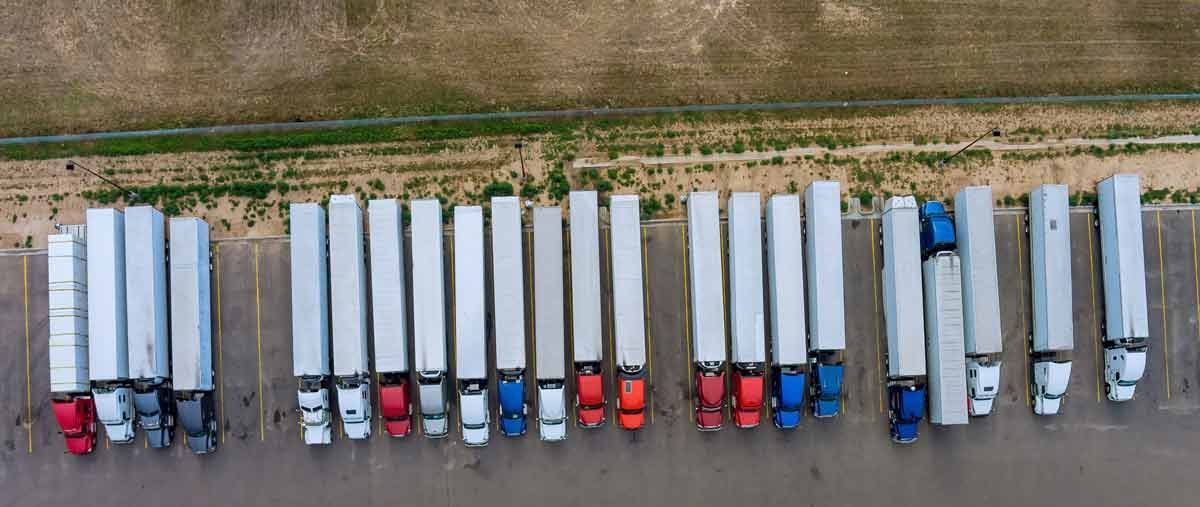Six Modes of Transportation
Translogistics Inc • December 9, 2022
What are the 6 Modes of Transportation?
Understanding the different modes of transportation can help set your business up for success. There is a best way to ship items through a mode that makes sense for your business. Optimizing these 6 modes can help you lower costs and provide efficiencies to your operations.
Click on each mode below to learn more about each one:
How does your company optimize your freight?
TLI helps our customers to ensure the proper mode is being utilized on every shipment. Our mode optimization team makes it happen.
TLI Insights
Get the latest logistics insights and tips from TLI's award-winning team. Stay ahead in transportation planning.
Questions? Email us at marketing@shiptli.com



